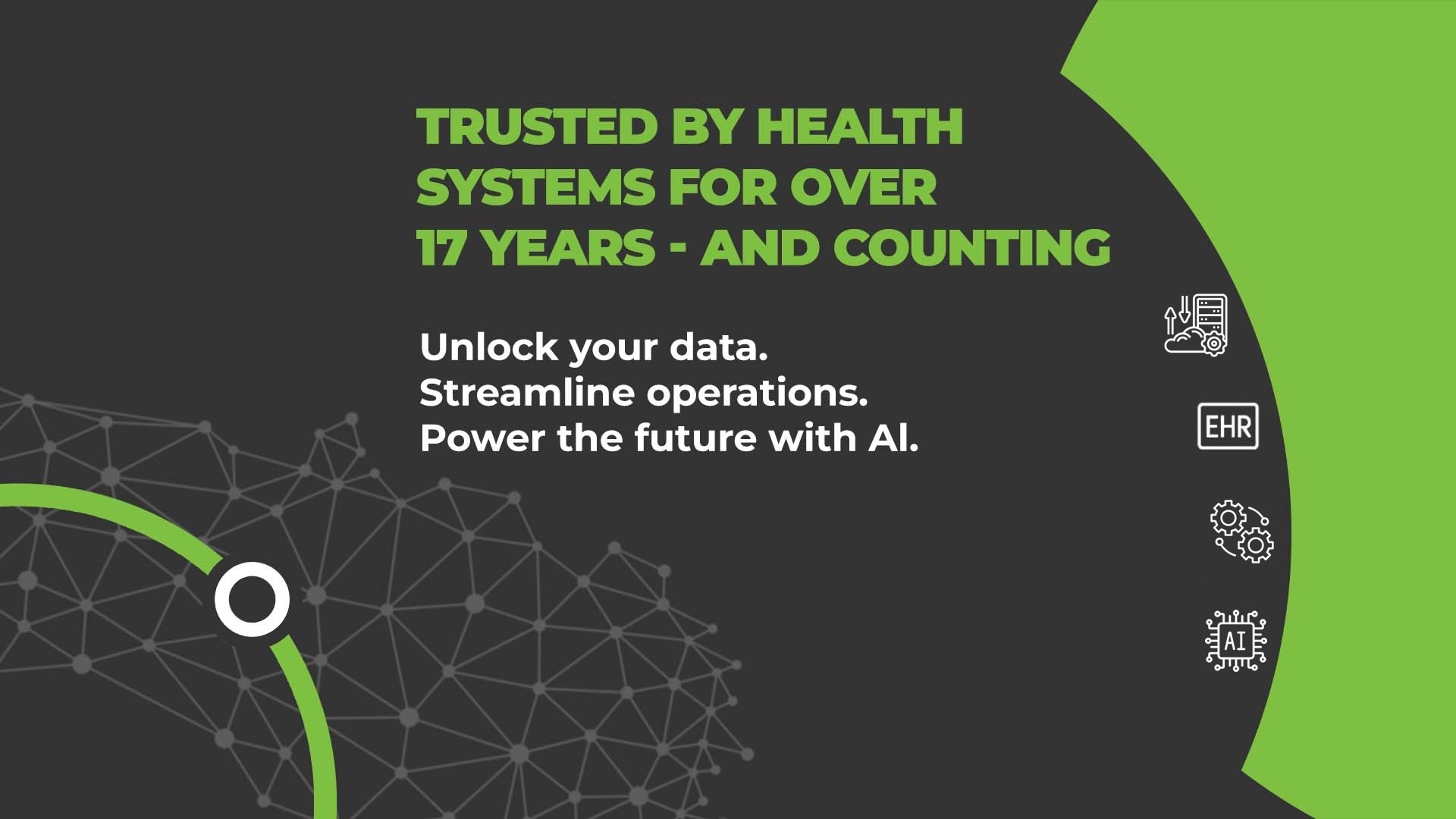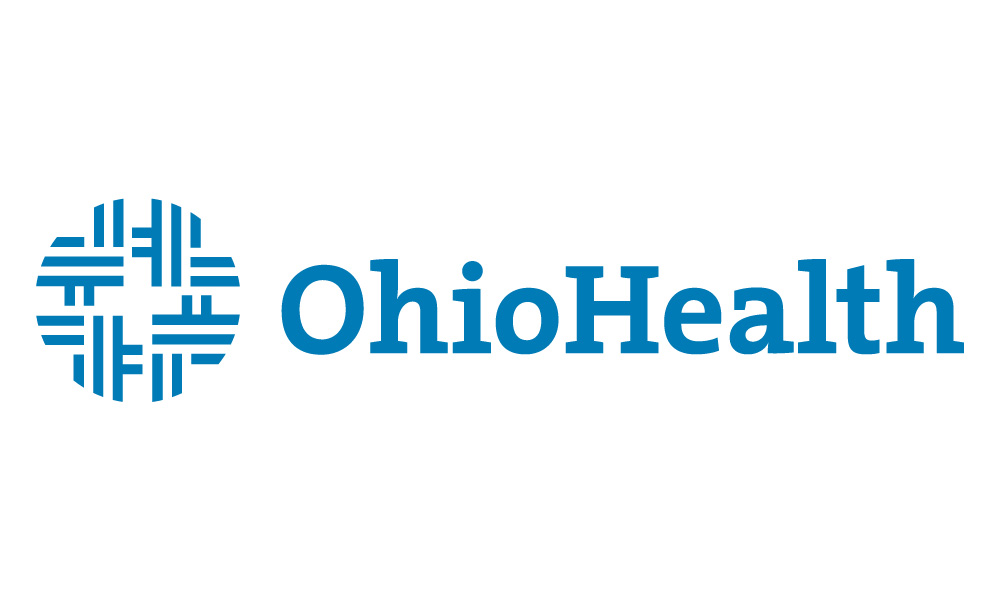

The Trusted Tech Partner For Healthcare
We use technology to deliver better outcomes.

Here Are Some Of Our Partners In Healthcare













Tido At A Glance
8
Years
On average, our clients have been valued partners for over 7 years, reflecting the deep trust and strong collaboration we've built. This commitment highlights our focus on long-term success and delivering consistent value to meet their evolving needs.
95
BILLION
Healthcare integration transactions (HL7 messages, API interactions, Web Services, SFTP File Transfers) processed by the advanced managed integration solution
500
MILLION
HL7 interfaces, API-Web Services, EHR, Clinical Applications automated checks in the managed integration detection and response (MIDR-AI™) AI solution
40
MILLION
More than 40 million patient records migrated from EHRs and clinical applications in over 50 successful EHR data conversion projects
99.99
PERCENT
Health system interfaces uptime by the managed integration solution
$50
MILLION
Approx. cost savings for health systems since 2007 using Tido's solutions
200
MILLION
Web, Mobile, EHR-Hospital systems automated test / workflow executions with automation solutions (RPA)
Tido's Solutions

Tido Connect™
Managed Integration – All EHRs. All Apps. All Interfaces. All Engines.
.png)
Tido MIDR-AI™
Proactive Monitoring for Interfaces & Clinical Systems.
.png)
Tido Cortex-AI™
AI-Ready Clinical Data Starts Here.

Tido MigrateIQ™
Smart, Secure Migration Across Any EHR or Application.
Tido Archive™
Legacy Data Archival – Easy Access, Long-Term Compliance.

Tido Automate™
Automated Testing & Workflow Validation – EHRs, Clinical, Web & Mobile.
What our clients say
How Tido is making a difference - straight from our clients.
Ready to partner?
Let's take the first step toward a lasting collaboration.
Our integration team has built HL7, SFTP, Web Services, and FHIR API interfaces that work for us but monitoring and supporting hundreds of interfaces 24/7 without affecting patient care is a constant challenge. Extending our interface support capabilities while still maintaining all internal and external interfaces was a top priority for us when investigating partnership with Tido’s MIDR.

Tido’s value is significant to BHH and our partnership is a large part of the IT success that has been afforded to the organization!

Tido's experienced and technically very strong data migration team consistently delivers successful outcomes in every migration project undertaken. Their skill in handling extraction and conversion challenges demonstrates their effective problem-solving abilities. Often managing projects entirely from initiation to completion they enhance our data migration capacity. Our trust in Tido's team is unwavering, and we foresee continued collaboration for migration and archival projects.

I m happy to recommend Tido Inc. for integration-data conversion. At UNC Health we had several situations where we needed help with data conversions and integrations for newly onboarded hospitals. Tido Inc. was able technical expertise and deliver solutions as promised. Team they provided was largely self managed and easy to work with.

I m happy to recommend Tido Inc. for integration-data conversion. At UNC Health we had several situations where we needed help with data conversions and integrations for newly onboarded hospitals. Tido Inc. was able technical expertise and deliver solutions as promised. Team they provided was largely self managed and easy to work with.

Hutchins Academy is more than an educational institution—it's a community that empowers students to excel in all aspects of life. The tailored guidance and exceptional mentorship programs instill confidence, purpose, and a belief in their potential. Under the visionary leadership of Marie Mott, this Chattanooga-based academy inspires growth and success, preparing students not just for exams, but for life. Supporting Hutchins Academy means investing in a brighter future for the next generation.



.png)




